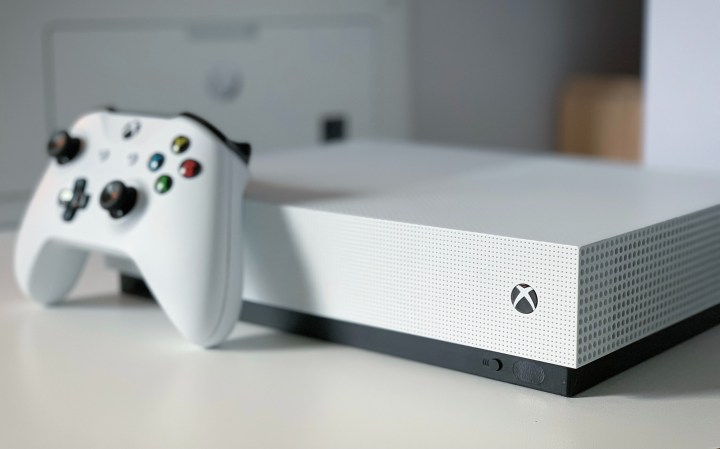
There’s no question that consoles are increasingly becoming more like PCs, but thanks to Nvidia, it appears that the opposite may be taking place too.
According to a new report by Wccftech, Nvidia is working with its partners to create a new ecosystem for gaming on small form factor (SFF) PCs. When it comes to Nvidia, many of us think of some of the best graphics cards that are as powerful as they are massive, like the RTX 4090. However, Nvidia is planning to flip that narrative and set its sights on an unexpected target.
With Microsoft said to be trying to open up the Xbox to PC-only game stores, and Sony reportedly working on the PlayStation 5 Pro, Nvidia might be about to jump-start a real war between PC and console gaming.
A new standard
Nvidia’s initiative appears to be more of a big-picture thing that will unify companies in making mini PCs easier to figure out. Small form factor PCs are nothing new, and they already have their fair share of fans, but unless you buy a prebuilt like the NUC, you’ll have a harder time finding components that work well together than if you were to build a run-of-the-mill gaming PC. With all components in such tight quarters, you have to make extra sure that it all fits, and high-end builds become a lot more difficult to achieve.
That is where Nvidia comes in. Wccftech reports that Nvidia is working with its partners, which include graphics cards makers, but also manufacturers in charge of making and designing PC cases, power supplies, and more.
The goal is to set some guidelines for manufacturers and establish a list of components that are well-suited for SFF builds to make the task of building one a lot less daunting. Nvidia reportedly also plans to create a standard for GPU and chassis makers to adhere to, including dimensions and clearances for proper fit and airflow.

Nvidia’s involvement doesn’t go all the way, though. It’s not planning to make its own Founders Edition small form factor
It’s hard to estimate the impact of Nvidia’s initiative as many details are still unknown. However, if SFF PCs became easier to build and a little more capable, console players would have a serious alternative — and in many ways, a better one. A mini PC that could run AAA games at a seamless
Building bridges

A new report by The Verge talks about the future of the Xbox, and it’s clear that Microsoft is acutely aware of the downsides of using a console compared to owning a desktop PC. One such downside is that you’re limited to Xbox titles, whereas a PC can access many different game stores, be it the Epic Store or Steam.
Phil Spencer, the CEO of Microsoft Gaming, said that the company is thinking of addressing that by opening up the Xbox platform to some of its rivals, such as the aforementioned Epic Games Store. This comes down to more than just simply giving game devs the go-ahead; the console would have to be prepared to run PC games in the first place. Microsoft is also said to be trying to improve backward compatibility for the Xbox, which is one more field area a PC typically dominates.
Sony has kept quiet about its future plans, but the development of the
If Nvidia is trying to break into the small form factor PC world in a big way, it’ll be entering a market that’s saturated and controlled by two other giants. However, the benefits of a versatile, yet performant mini PC could far outweigh anything that a console can provide right now. Unfortunately, there’s most likely always going to be a downside — an enthusiast SFF PC, while more versatile, may cost much more than a console.




